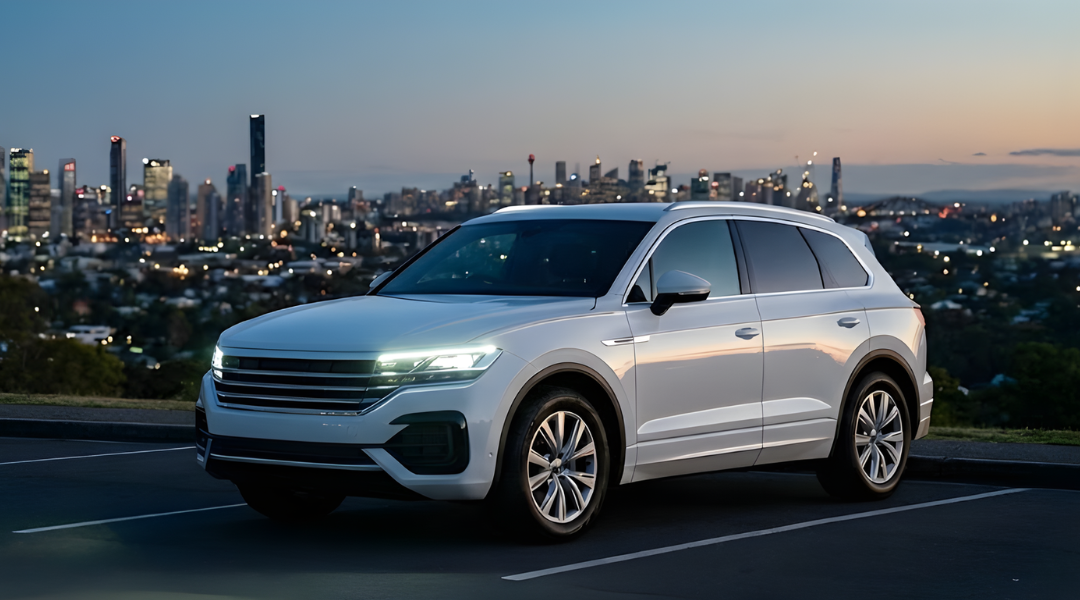No matter what type of vehicle you’re in, its so important to know the state of your car and drive to the conditions. Even on dry roads, worn tyres and excessive speed can easily end in disaster so naturally when you add rain to the mix the danger is sure to increase.
The good news is, staying safe in the rain can be as simple as altering the way you drive and checking some of the basic parts on your car to make sure you’re not putting yourself in an even worse situation before you turn the key.
Below are 3 simple steps that will significantly increase your safety in poor conditions. Stay safe out there!
Check Your Tyres
Lets start with the basics. We’ve all heard it before but how often do you actually do it? Using the correct tyre pressure can change so many factors that will increase your safety and your bank balance:
- Shorter braking distance
- Increased grip while cornering
- Decreased and even tyre wear
- Longer lifespan of tyres
- Increased fuel efficiency – and who doesn’t need that!
- More traction in wet conditions
- Less likely to hydroplane (a complete loss of traction as your tyres slide across the top of the water rather than through it)
- More likely to hydroplane (a complete loss of traction as your tyres slide across the top of the water rather than cut through it)
Properly inflated tyres maximise the amount of rubber you have in contact with the road at all times. Naturally this gives you more grip and the more grip you have, the better your car can perform in all conditions – simple!
If your tyre pressure is too low it also makes them wear unevenly and roll with less efficiency so you end up with a high fuel bill and less kms from each set of tyres. Perhaps the worst part is that unless they’re very low, your tyres will feel perfectly normal… until you really need them.
Did you know that a slight change in tyre pressure can affect the life of your tyres and your fuel consumption?
While you’re checking your tyre pressure it’s a great idea to do a quick visual inspection as well. Turn the steering wheel so you can see the whole tyre surface. Tyres don’t always wear evenly so checking just the outside edge of the tread means you could miss something important!
Drive to the Conditions
No matter what car you’re driving or how heavy the rain is, you need to adapt your driving to suit the conditions around you. When driving in the rain there are a few simple steps you can take to help you stay safe:
- Turn on your headlights, even during the day. Make it easier for others to see you
- Slow down! Every road has a speed limit but this doesn’t mean you have to drive this fast all the time
- Leave a larger gap between you and the car in front, it will take you longer to stop in an emergency
- Begin braking earlier and accelerate slowly
- Take it easy while cornering, reduced grip means your car can lose traction and begin to slide quite easily
- If visibility gets too poor, find a car park nearby but don’t stop on the side of the road!

Light Rain Can Be MORE Dangerous!
If it has just started raining and the road it just starting to look wet, don’t be fooled into thinking its still safe. Often when it first starts raining the water can mix with small patches of oil to film a slippery film across the road and this can offer the least grip.
Its so easy to get caught out and its always better to be safe than sorry.
The next time you’re out driving in poor weather, be sure to take a quick look at your tires and exercise some caution and common sense on the road; make sure you get home safely!
Whether you’re driving your own or you’re renting a car, remember that safety always comes first! Good luck.




